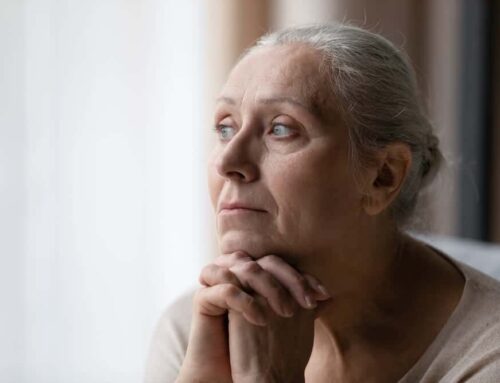Will “bio cremation” be the preferred end-of-life service in the future? It was reported that Belgium and the Netherlands are set to legalize the process of bio-cremation, a liquid cremation alternative to standard heat-based cremation. The process is currently legal only in parts of the United States and Canada.
The popularity of cremation is currently surging, and new technological advances are continually improving the cremation process. Bio-cremation is one such technology allowing families to say goodbye in the most ecologically responsible way. Just a few short years ago in 2011, a Florida funeral home performed the first bio-cremation in the world. Now, more cremation providers and municipalities around the world are considering normalizing the process for a smaller ecological footprint.
What is Bio-Cremation?
A standard cremation reduces the human body to ashes and bone fragments using a heated chamber. “Bio-cremation,” also known as “alkaline hydrolysis,” is a final disposition process involving the human body being turned into liquid using an alkali solution.
Because it eliminates the need for embalming chemicals and the upheaval of land for a burial plot, cremation is considered to be an eco-friendly alternative to traditional burial. Bio-cremation is thought to further reduce the ecological impact of final services by reducing the energy consumption and emissions of the cremation process.
As a new cremation technology, bio-cremation is not yet a widespread practice, but that could change in the future as more people embrace environmentally responsible alternatives to traditional practices. Bruno Quirijnen of the Flemish Funeral Council (a group attempting to gain the European Commission’s approval of bio-cremation) described their decision thusly: “This looks like the perfect alternative for cremations. We should switch to bio-cremations entirely. If it is true that the ecological footprint is smaller, then this seems like the logical choice.”
Other Eco-Friendly Cremation Trends
In the near future, bio-cremations may indeed become the preferred end-of-life service for this environmentally conscious generation. However, not many people currently have the option. In the meantime, there are other eco-friendly end-of-life options available. Choosing a direct cremation from Smart Cremation over a traditional burial drastically reduces the carbon footprint of final services. Additionally, scattering ashes or choosing a biodegradable urn further reduces one’s impact. And a “living burial,” during which the ashes are used to grow a tree or garden, ensures a natural return to the earth and a continuation of the cycle of life.




